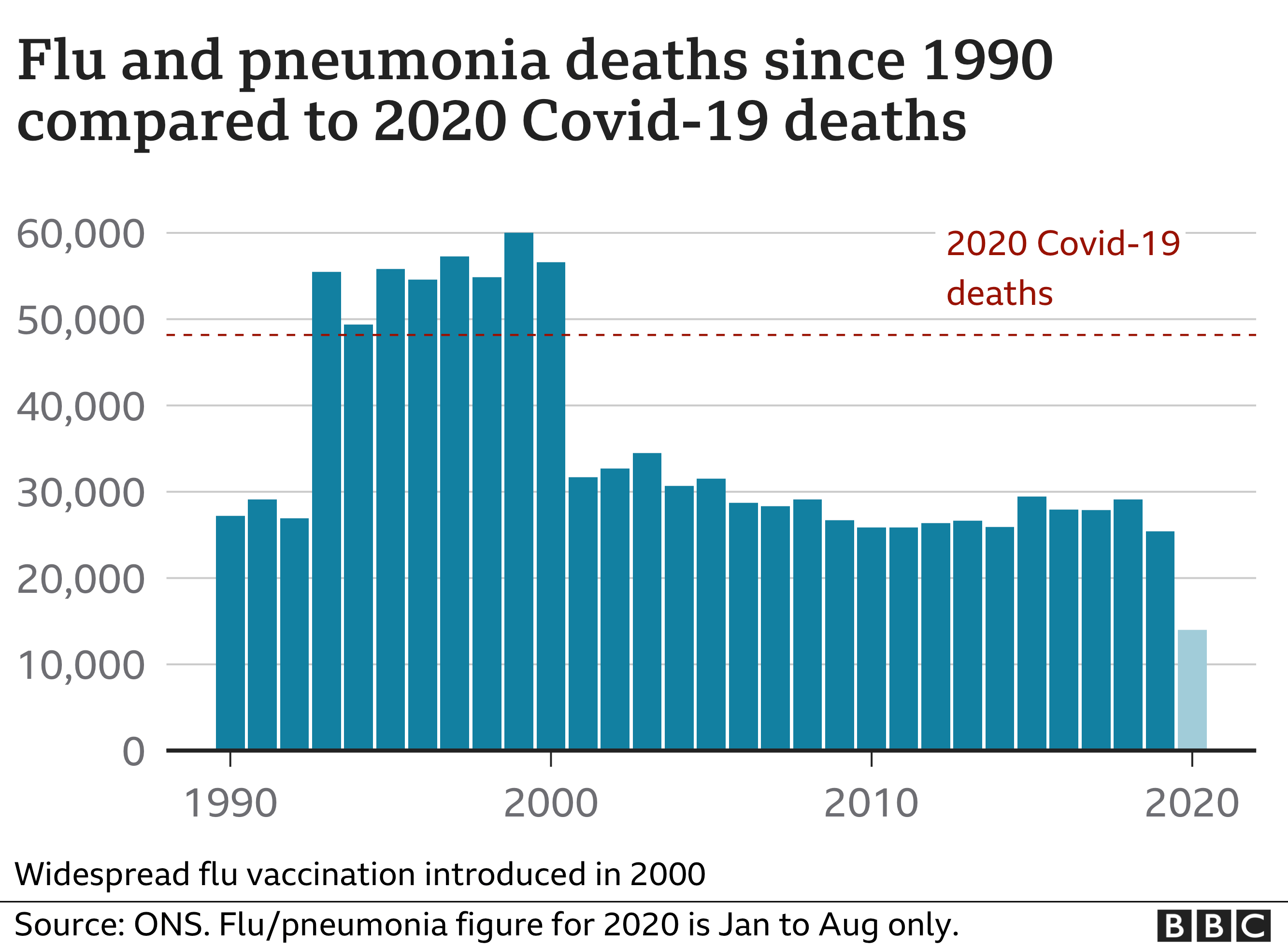

Here is the US CDC’s Vital Statistics Reporting Guidance here is the UK Government guidance. Both provide very similar guidelines for medical practitioners on the completion of death certificates. Let’s take a look at two concrete examples of national guidance: the United States and the UK. 2 However, countries also typically provide their own guidance to practitioners on how and when COVID-19 deaths should be recorded. So, how are deaths from COVID-19 recorded? What is and isn’t included in these totals?Īs is standard in death reporting, countries are asked to follow the ‘cause of death’ classifications from the WHO’s International Classification of Diseases guidelines. This is also true in the case of COVID-19: the disease can lead to other health problems such as pneumonia and acute respiratory distress syndrome (ARDS). Health problems are often connected, and multiplicative, meaning an underlying condition can often lead to complications which ultimately result in death. The attribution of deaths to specific causes can be challenging under any circumstances. → We provide more detail on these three points in the section ‘ Deaths from COVID-19: background‘. Since reporting can vary significantly from day to day – irrespectively of any actual variation of deaths – it is helpful to view the seven-day rolling average of the daily figures as we do in the chart here.

The difference between reported confirmed deaths and actual deaths varies by country.

The actual death toll from COVID-19 is likely to be higher than the number of confirmed deaths – this is due to limited testing and problems in the attribution of the cause of death.Three points on confirmed death figures to keep in mindĪll three points are true for all currently available international data sources on COVID-19 deaths: This chart shows the number of confirmed COVID-19 deaths per day.


 0 kommentar(er)
0 kommentar(er)
